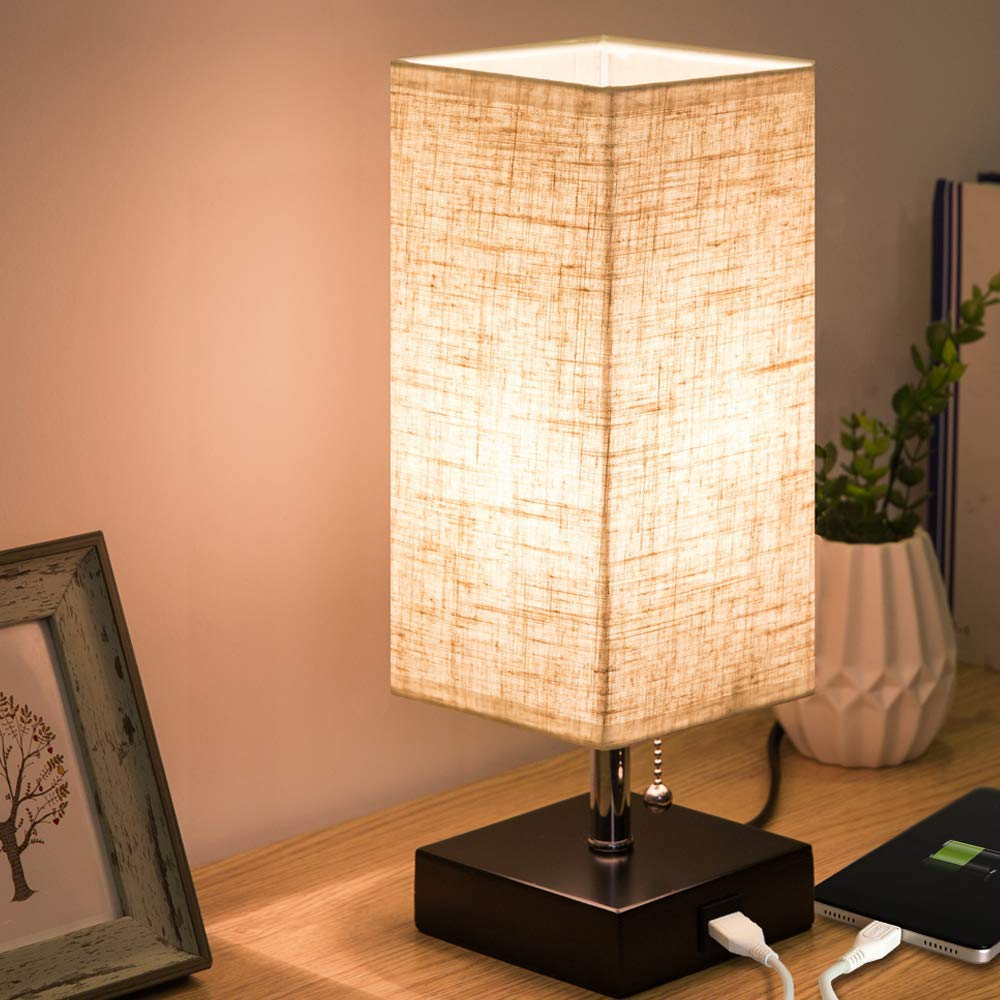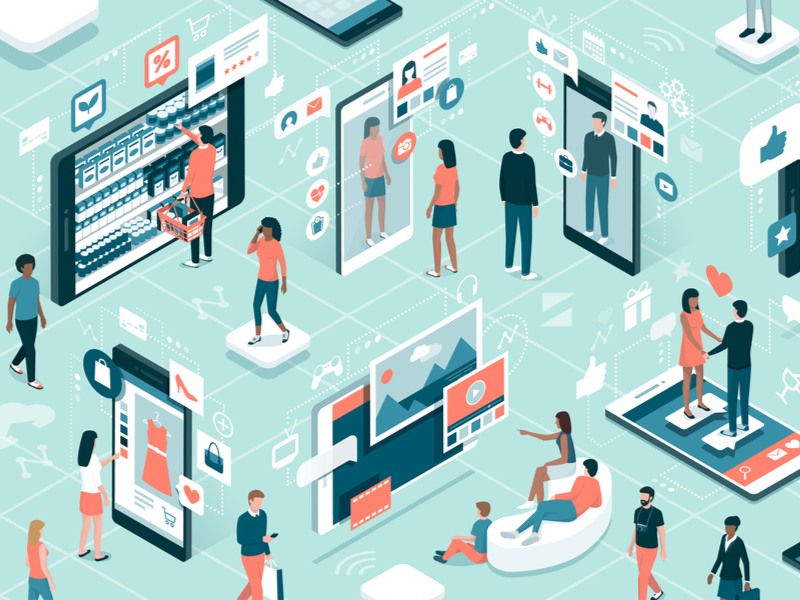At NRF 2019 Retail’s Big Show, over 900 vendors vied for the attention of the retailers in attendance. Retail executives’ inboxes are filled with sales pitches from technology vendors promising to transform their business. But not all retail technology is worth its weight in gold.
In fact, bad retail technology, or simply retail technology that doesn’t take in your organization, can do more than just nothing. It can destroy your budget or do irreparable damage to your operations. Before you sign on the dotted line, ask your prospective retail technology provider these questions to get a true understanding of whether the tool will actually impact your business as described.
1. Who developed this retail technology?
Surprising fact: not all retail technology companies are led by technology experts. It takes a few minutes for a vendor to throw buzzwords onto their website. True experts have dedicated years of their life to learning their field. If company leadership is dotted with people holding advanced degrees in their field or recognized academic experts, that’s a great sign.
It’s important to note that there are plenty of wildly successful tech companies founded by people without advanced degrees. However, if you’re a retailer looking for an artificial intelligence or robotics vendor, odds are you’re safer investing in companies with bona fide expertise.
2. Is there anything unique or patented about this technology?
Without a unique advantage or patent, the most logical action for retailers to take is to look for the vendor offering the lowest price. Let’s use scheduling software as an example.
There’s one vendor who can provide scheduling software for the lowest possible price. For every other vendor in the space, it’s fair to ask why you would pay more instead of going with the most cost-effective option.
A more extreme option would be pricing out the cost of developing your technology vs. paying a vendor for a monthly/annual software subscription. For example, Kroger, rather than paying a vendor, developed their own digital shelf technology.
On the other hand, if it took an army of highly educated experts hundreds of man-years and millions of dollars to develop a technology protected by patents, it probably won’t be cost-effective for you to try to create an in-house version of similar technology. In the end, it might be best to focus your efforts on your core retail business rather than sinking capital and time into developing your own R&D lab.
3. Does anyone in the company have a background in retail?
Thoughtful design can be the difference between helpful and aggravating experiences. For example, take a look at this bedside lamp:

It looks great. However, when you want to turn it on or off you’ll have to reach down behind your nightstand because the switch for this lamp looks like this:

Here’s a similar lamp designed by someone who has truly “gets” the user experience.

It’s got a pull chain switch you can easily reach and a place to charge your phone.
As important as it is to have unique technology developed by experts, you probably also want to know there’s someone behind the scenes who understands what it’s like to be a retailer.
That person could be the customer success manager you’ll be dealing with day-to-day or someone else behind the scenes. Regardless, make sure there’s a stakeholder present who’s a true a retail insider. It’s likely that they’ve helped shape the product in small, but important ways to meet the practical needs of retailers. Investing in hiring retail people is a sign that a technology company understands the importance of the end-user’s perspective in getting the details right. As the lamps above show, small details can be a big deal.
4. What problem are we solving for?
You might be thinking, “Duh!” A lot of retail software out there looks sounds interesting, and looks bright and shiny. However, when you have limited budget and manpower, it’s crucial to separate the “need to have” from the “nice to have”.
So as you stay abreast of newly developed technology, always ask: does this tool solve a pain point that we need to solve this year?
That’s because shiny things don’t necessarily spell out improvements to the customer experience. Make sure that tools that promise this begin by engaging store personnel and makes their jobs easier. In addition to link to ROI, this is the best way to know the tool will succeed.
5. How does this generate ROI?
If you’ve ever walked through the technology section of a trade show, you’ve seen your share of pie-in-the-sky claims about the ROI technology vendors deliver. It’s one thing if you’re just looking for a tool to help you internally. However, if revenue growth is your goal, you need to clearly understand exactly how the tool contributes to your bottom line
Look for vendors who have multiple long term relationships with other retailers. Effective marketing and a great sales team can get a retailer to sign on the dotted line. But technology that actually works motivates that same retailer to re-up after that first contract is complete.
Beyond that, you’ll want to hone in on vendors who have a clear and simple explanation for tracking the revenue or cost-savings they’re bringing to you. The best in class vendors will automatically track the ROI of their technology and regularly meet with their retail partners to verify these numbers.
6. How much time and effort does it take to see results?
Before you spend precious budget on technology, you’ll want to make sure you have reasonable expectations when it comes to how quickly you’ll see results. Lip service might not be enough. Ask for case studies or testimonials from other retailers that will give you an accurate idea of how long it takes for the tool to perform to its full potential.
To begin, get a deep understanding of whether it’s simple to on-board staff. Most retail stores face staff turnover challenges. Will these problems disrupt the project?
Looking farther on the horizon, ask whether there are goals in place to benchmark your performance with the technology vendor you’re considering, and get a clear understanding of how you’ll know if the relationship is a success. This will allow you a picture of how things should progress over time, so you know whether to pull the plug or keep trekking at the next juncture.
7. How will this impact my IT team?
Let’s assume you’ve found unique technology developed by experts with a proven track record of generating ROI and a reasonable path to success. You still need to understand the IT and operational investment required to not only implement the tool, but to keep it running in the long term.
Nearly all retailers’ IT teams have a full plate. It’s reasonable to ask any new vendor you bring on for an accurate and verifiable estimate of how long the on-boarding process will be and how much of your team’s resources the tool demands. If the needs are unreasonable, or simply don’t make sense given your organizational priorities, it’s unlikely the program will succeed.
8. Who will support my account?
With any software solution, there are bound to be bumps in the road. When you have a problem, you want to understand who’ll be there with a fix. Will you reach someone in the US, or an overwhelmed, 3rd party call center employee? Can you expect a prompt reply, or will yours be put in a long line of complaints? Will a single team member be dedicated to your account for the long haul, or will you have to re-introduce yourself to someone new with each issue that arises? Make sure you’ve got a picture of who you’ll be working with and how they’ll make themselves available to you and your stores.
9. How do users really feel about the tool?
Any retail technology solution is only as powerful as its users allow it to be. In other words, a tool everyone hates will never perform to expectations. Can the vendor provide any data to support user compliance or general sentiment? What does the provider do to ensure the product is continuing to meet user needs over time? Understanding the answers to these questions is especially critical if the solution’s end user wasn’t consulted when the decision to purchase the software was made–this especially applies to store managers and sales associates.
What You’ll Learn
Asking these questions should give you a good idea if the tool in question not only helps the problems you’re trying to address in a best-case scenario, but will do the same within your chain. Answers to these questions will give you critical insight into how the tool will impact your organization internally. By asking them, you’ll also get a sense of who you’ll be partnering with and how they’ll support your success.
Pose these questions to us, and whatever other questions you have, by emailing us at hello@cb4.com. We’re up for the challenge.




